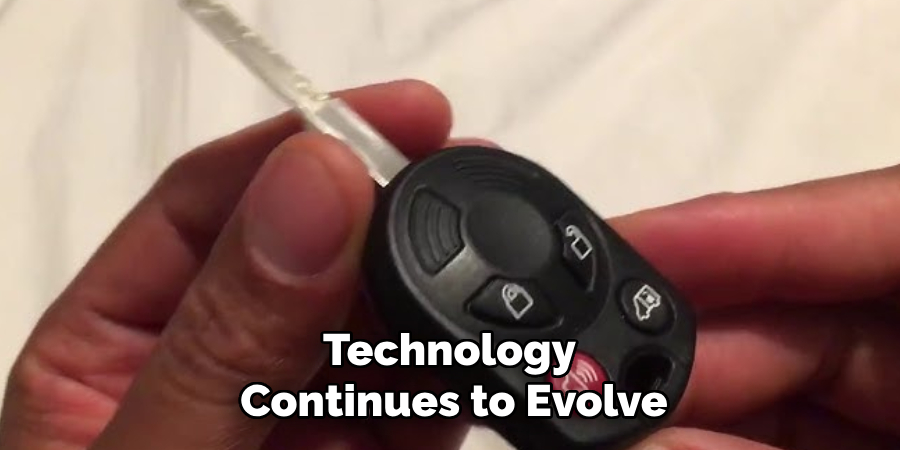Are you trying to figure out how to turn on your Toyota vehicle’s car alarm without a key? You’ve come to the right place! In this guide, we will provide step-by-step instructions on How to turn on car alarm with key without key toyota.

Car alarms are essential for ensuring the safety and security of your vehicle. If you own a Toyota, there might be situations where you need to activate the car alarm manually, whether you have a key or not. Understanding how to turn on the car alarm can be particularly useful in emergencies or when you want to test the system’s functionality.
This guide will walk you through the steps to activate your Toyota car alarm, providing clear instructions for scenarios with and without a key.
What Are the Causes of Car Alarm Activation?
Before we dive into the steps, it’s essential to understand what causes a car alarm to activate in the first place. Knowing this can help you troubleshoot potential issues and prevent unnecessary alarms.
- Unauthorized Entry: Most car alarms are triggered when someone tries to open your vehicle without a key or access code.
- Vibration or Movement: Some car alarms have sensors that can detect vibrations or movements, such as attempting to break into the car or tow it away.
- Power Interruptions: In some cases, power interruptions due to low battery or disconnected cables can cause the car alarm to go off unexpectedly.
Now that you know what might trigger your Toyota car alarm, let’s jump into the steps to turn it on.
What Will You Need?
To turn on your car alarm, you will need the following items:
- Car Key: If you have a key for your Toyota, this is the easiest way to activate the car alarm.
- Remote Keyless Entry (RKE) Fob: Most modern vehicles have an RKE fob, which allows you to lock and unlock your car doors remotely. This fob can also be used to activate the car alarm.
- Access Code: Some car alarms require a unique access code to turn on the alarm system. If you have this code, you can use it to activate the alarm.
Once these items are ready, let’s move on to the next steps.
10 Easy Steps on How to Turn on Car Alarm With Key Without Key Toyota
Step 1: Ensure Your Car is Properly Locked

Before activating the car alarm, ensure all car doors, windows, and the trunk are securely closed and locked. Any open or improperly closed door or window can interfere with the alarm system’s functionality. Use your car key or the Remote Keyless Entry (RKE) fob to lock all doors. If your vehicle has an automatic locking feature, listen for the audible confirmation or check for the hazard lights flashing to verify that the car is locked. Double-check all latches, and ensure that nothing obstructs the doors or prevents them from closing fully. Starting with a fully secured vehicle establishes the foundation for the alarm system to activate correctly.
Step 2: Locate the Alarm Activation Button
Once your car is securely locked, identify the alarm activation button on your Remote Keyless Entry (RKE) fob or your regular car key. This button is often labeled with an icon resembling a lock or a siren. Refer to your vehicle’s user manual if unsure of its location. If your car key has no activation button, check for alternative methods specified by your car’s manufacturer. Familiarizing yourself with the alarm activation mechanism ensures a smooth process in the following steps. Make sure you have a clear understanding of where and how to press the button before proceeding.
Step 3: Activate the Alarm System
Press the alarm activation button firmly and wait for a confirmation signal from your vehicle. Most cars indicate successful activation through audible beeps, flashing lights, or both. Some models may also display an indicator light on the dashboard or near the rearview mirror to confirm the alarm is armed. Ensure you are within the operational range of your vehicle’s RKE system to avoid activation issues. If the confirmation signal does not occur, double-check that the car doors are correctly locked and try again. This step finalizes activating your car’s alarm system, providing an additional layer of security.
Step 4: Test the Alarm System

To ensure the alarm system is functioning correctly, conduct a simple test. Move a safe distance from your vehicle and attempt to unlock or open a door using a spare key or an alternative method that bypasses the RKE system. If the alarm system is activated, it should respond with a loud sound and visual signals such as flashing lights. This reaction confirms that the system is armed and effectively protecting your vehicle. If no response occurs, review the previous steps to ensure proper setup or consult your car’s manual for troubleshooting. Regular testing helps maintain the reliability of your alarm system.
Step 5: Maintain Your Alarm System
Proper maintenance of your car’s alarm system is essential for its continuous functionality. Regularly check the system’s components, such as sensors, the siren, and the RKE system, to ensure they are in good condition. Replace any worn-out batteries in the remote or alarm unit promptly to prevent malfunctions. Also, clean the sensors and ensure no dust or debris obstructs their function. Periodic inspections and upkeep extend the alarm system’s lifespan and provide consistent security for your vehicle. If you encounter any persistent issues, seek professional assistance for repairs or upgrades.
Step 6: Upgrade Your Alarm System When Necessary

Technology continues to evolve, and so does vehicle security. Consider upgrading your car’s alarm system if it becomes outdated or lacks modern features. Newer systems may include advanced features like real-time tracking, smartphone integration, and enhanced anti-theft measures. Evaluate your current system’s capabilities and compare them with available options on the market. Upgrading provides improved security and peace of mind; knowing the latest technology protects your vehicle. Always consult professional installers to ensure the new system is compatible with your car and properly installed.
Step 7: Use Additional Security Measures
While a reliable alarm system is essential, combining it with additional security measures can further deter theft. Tools such as steering wheel locks, tire clamps, or kill switches protect your vehicle—parking in well-lit, secure areas and using surveillance cameras reduce the chances of theft. Integrating multiple security strategies makes your car a less attractive target for criminals, significantly enhancing its overall safety.
Step 8: Track Your Vehicle with GPS Technology
Installing a GPS tracking device in your vehicle provides an effective way to monitor its location in real time. These devices can be discreetly installed and offer instant alerts if your car is moved without authorization. Many GPS trackers come with companion apps, allowing you to track your vehicle’s whereabouts directly from your smartphone. This technology not only aids in recovering stolen vehicles but also as a strong deterrent to theft. Ensure you choose a reliable GPS tracking service with substantial coverage and dependable performance.
Step 9: Use a Steering Wheel Lock
A steering wheel lock is a simple yet highly effective security measure to protect your vehicle. This device makes it physically impossible to turn the steering wheel, thereby preventing unauthorized movement of the car. Steering wheel locks are obvious, as a strong deterrent to potential thieves looking for easier targets. When choosing a steering wheel lock, ensure it is made of durable materials and fits securely on your steering wheel for maximum protection. This added layer of security can provide peace of mind when parking your vehicle in less secure areas.
Step 10: Park in Well-Lit and Secure Locations

Where you park, your vehicle plays a crucial role in its security. Always aim to park in well-lit, busy areas with high visibility, as these locations are less appealing to thieves. Opt for secure parking garages or lots with surveillance cameras and security personnel if available. Avoid leaving your vehicle in secluded or dark areas for prolonged periods, as these spots can make it an easier target for unauthorized access. Combining careful parking location choices with other security measures enhances the overall safety of your vehicle.
You can effectively protect your vehicle from theft by following these steps and implementing additional security measures.
Conclusion
Activating a car alarm on a Toyota without using the key can be helpful in certain situations. Typically, this is achieved by utilizing the car’s built-in remote functions or interior controls.
For most Toyota models, pressing the “lock” button on the remote key fob multiple times or using a security button inside the vehicle can trigger the alarm system. Always refer to your vehicle’s owner manual for specific instructions related to your model. Understanding and using this feature effectively can add an extra layer of security to your vehicle, especially in high-risk scenarios.
Hopefully, the article on how to turn on car alarm with key without key toyota has provided valuable insight into securing your vehicle. Happy driving!

